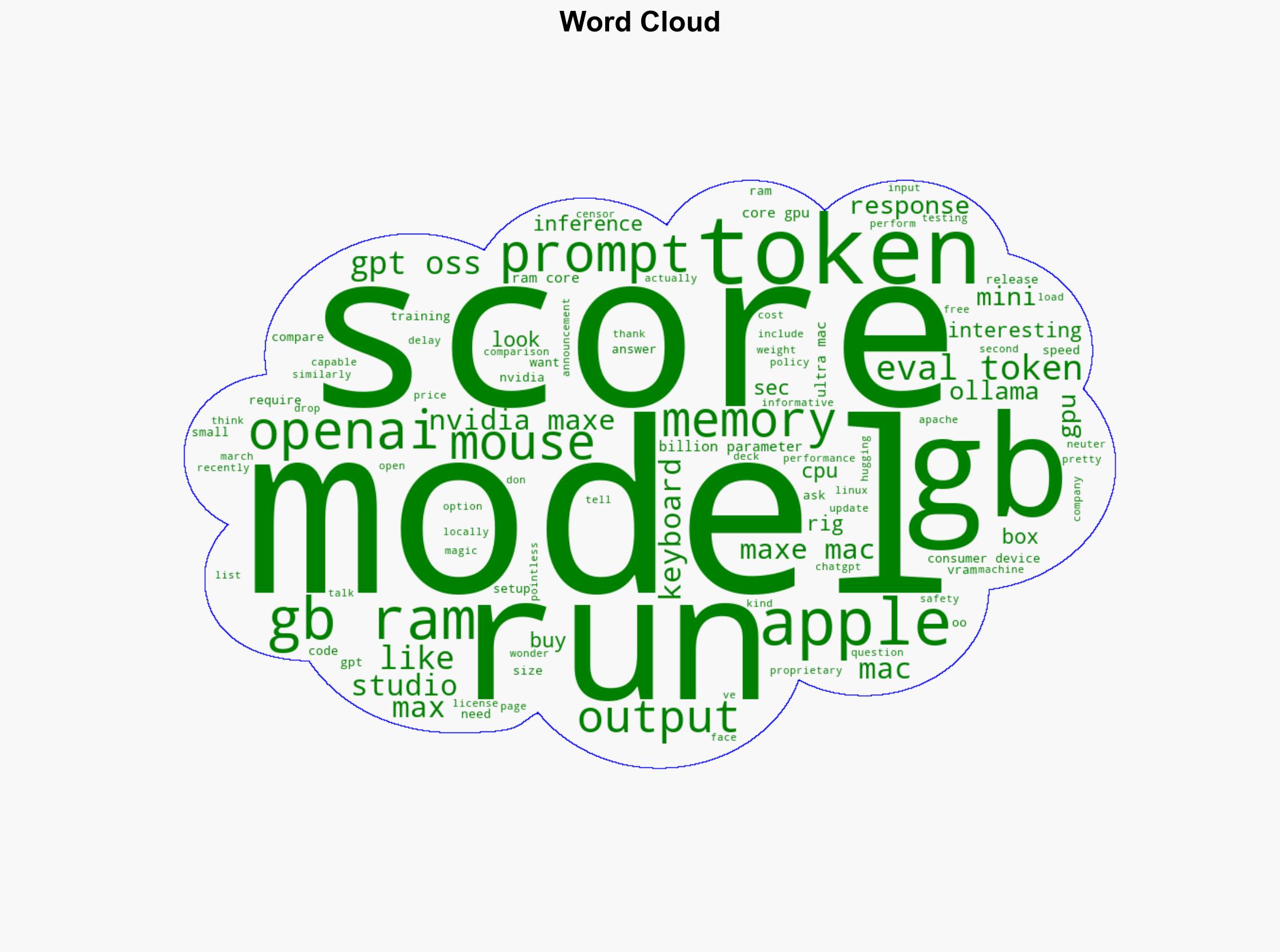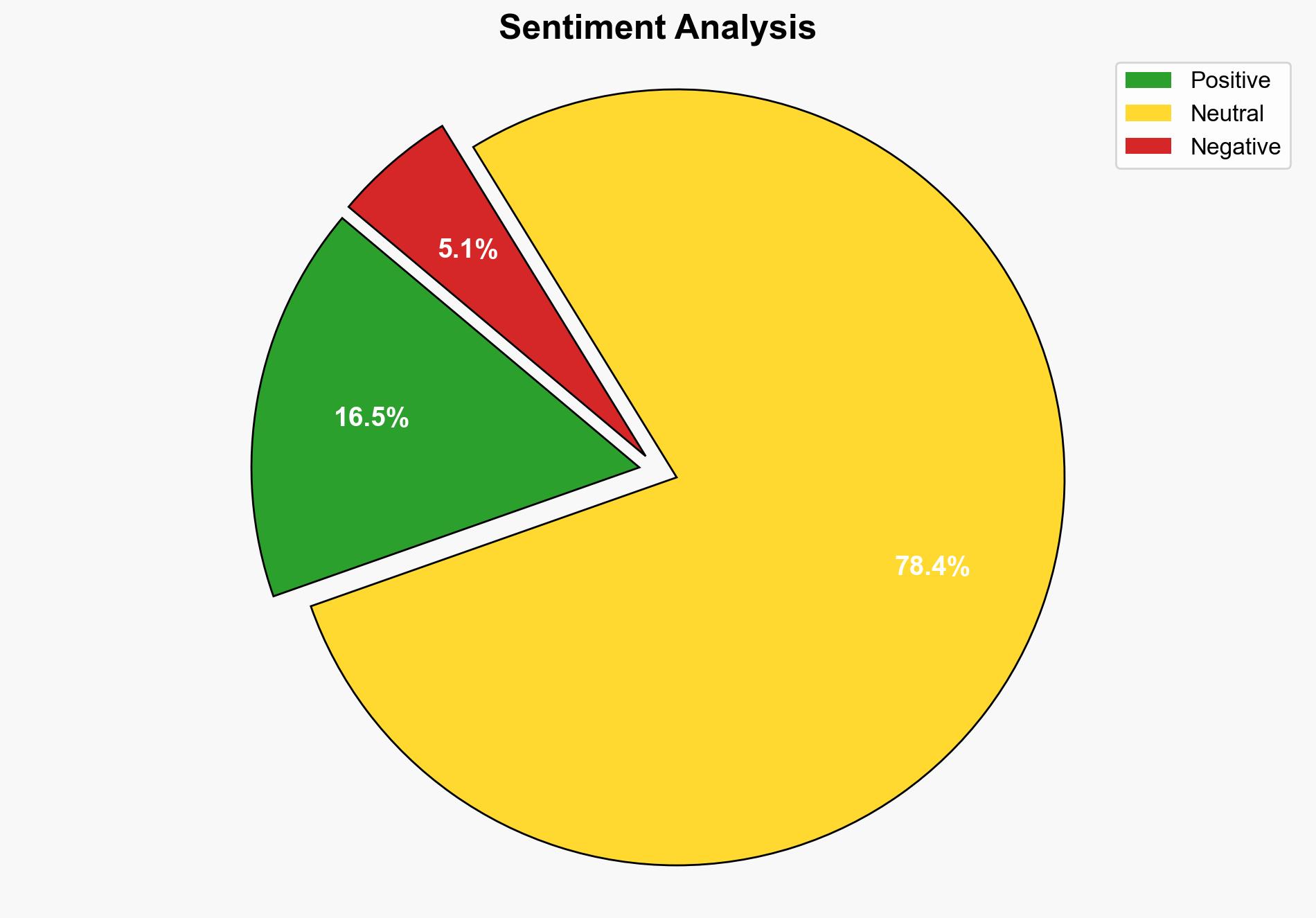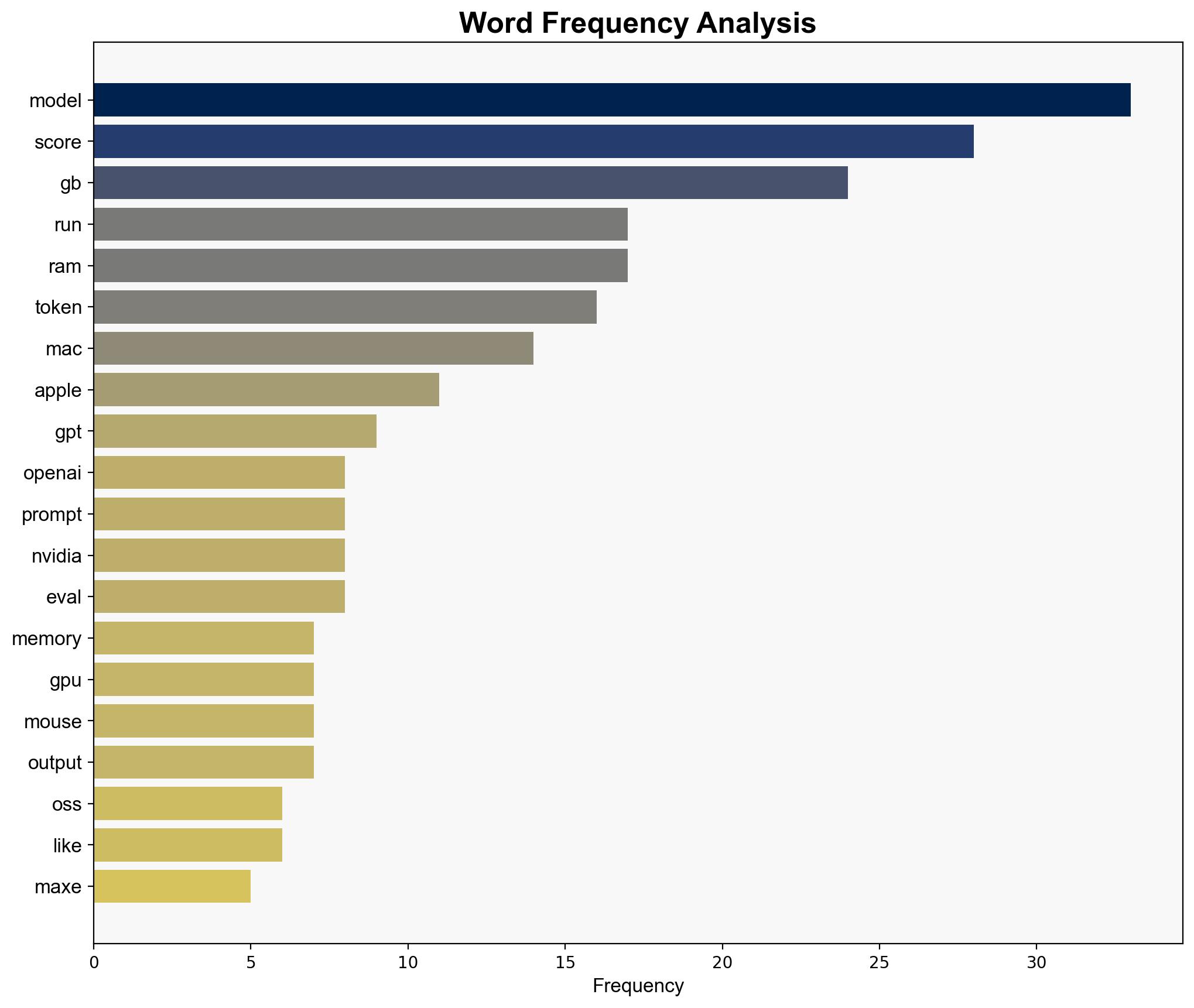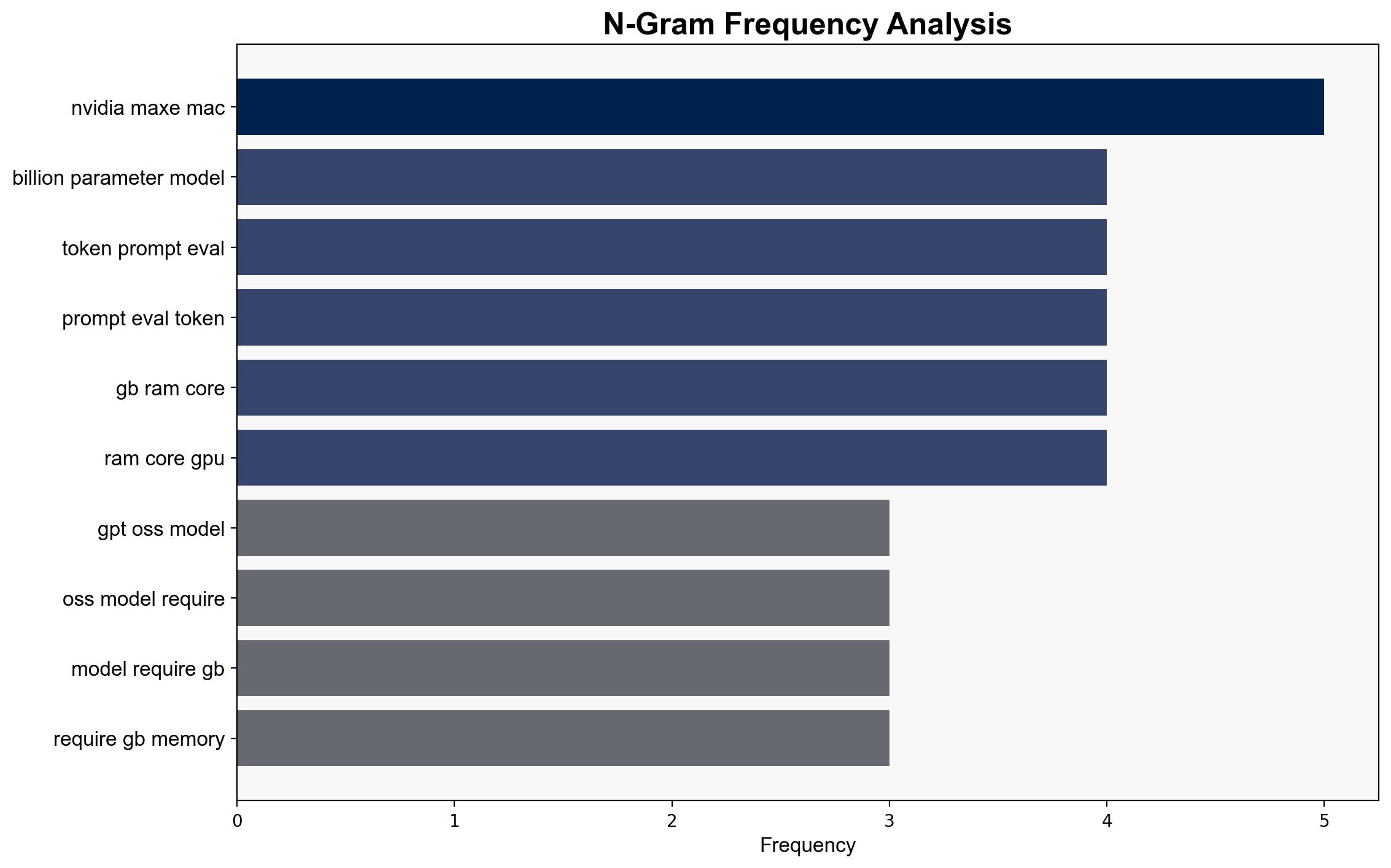OpenAI Releases First Open-Weight Models Since GPT-2 – Slashdot.org
Published on: 2025-08-05
Intelligence Report: OpenAI Releases First Open-Weight Models Since GPT-2 – Slashdot.org
1. BLUF (Bottom Line Up Front)
OpenAI’s release of open-weight models represents a strategic shift towards increased accessibility and customization in AI technology. The most supported hypothesis suggests OpenAI is positioning itself to dominate the consumer AI market by enabling local deployment on consumer-grade hardware. Confidence level: Moderate. Recommended action: Monitor OpenAI’s partnerships and market reactions to assess the impact on AI industry dynamics.
2. Competing Hypotheses
Hypothesis 1: OpenAI aims to democratize AI technology by releasing open-weight models, fostering innovation and customization at the consumer level. This move could stimulate community-driven advancements and broaden AI adoption.
Hypothesis 2: OpenAI’s release is a strategic response to competitive pressures, aiming to preemptively capture market share and establish dominance before competitors can release similar models. This could be a defensive maneuver to maintain relevance and control in the AI landscape.
3. Key Assumptions and Red Flags
Assumptions:
– OpenAI’s models can effectively run on consumer-grade hardware without significant performance degradation.
– The open-weight release will not compromise proprietary advantages or lead to security vulnerabilities.
Red Flags:
– Potential underestimation of the technical challenges consumers may face in deploying these models.
– Lack of clarity on how OpenAI plans to address safety and ethical concerns associated with open-weight models.
4. Implications and Strategic Risks
The release could accelerate AI integration into consumer applications, potentially disrupting existing market leaders. However, it also raises risks of misuse and ethical concerns, as more entities gain access to powerful AI tools. Geopolitically, this move could influence global AI policy discussions and regulatory frameworks, especially concerning open-source AI deployment.
5. Recommendations and Outlook
- Monitor OpenAI’s strategic partnerships and collaborations to gauge market reception and adoption rates.
- Engage with industry stakeholders to discuss potential regulatory measures for open-weight AI models.
- Scenario Projections:
- Best Case: OpenAI’s models lead to widespread innovation and responsible AI use, enhancing global technological capabilities.
- Worst Case: Increased access leads to misuse, prompting stringent regulatory backlash and stifling innovation.
- Most Likely: Gradual adoption with mixed outcomes, prompting ongoing debate over AI regulation and ethics.
6. Key Individuals and Entities
– OpenAI (entity)
– Hugging Face (entity)
– Nvidia (entity)
– Apple (entity)
7. Thematic Tags
AI democratization, market competition, technological innovation, regulatory challenges





